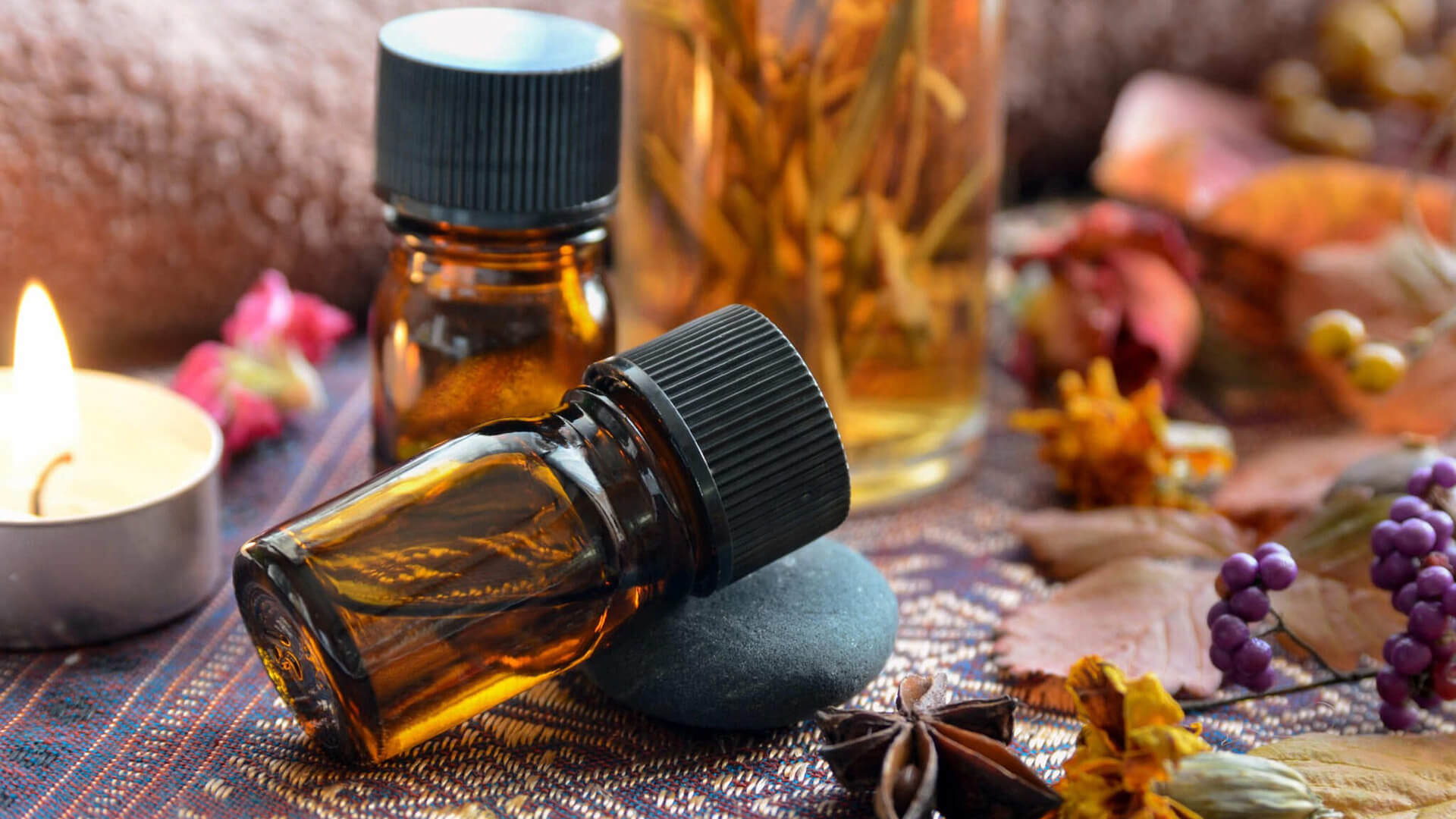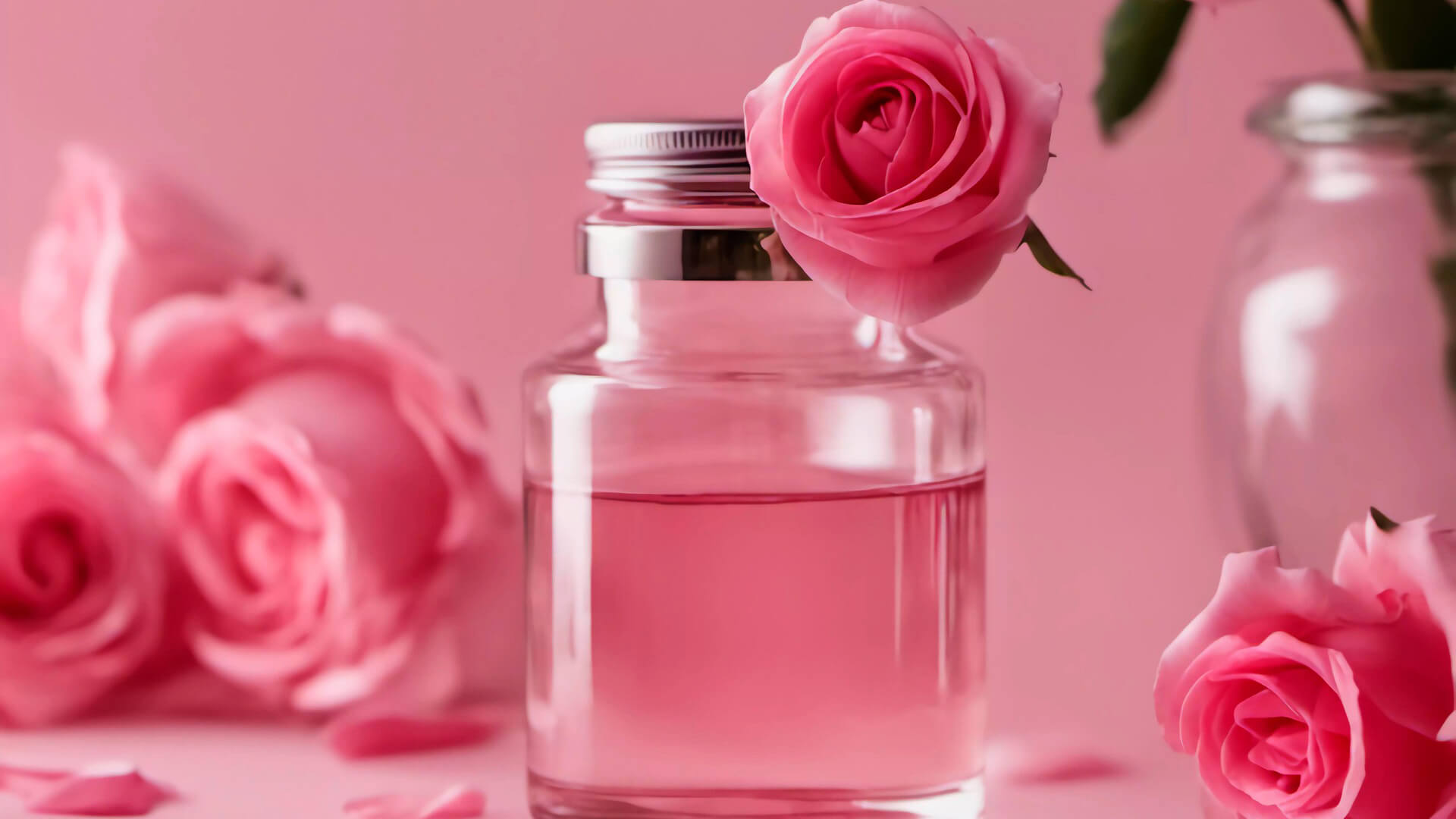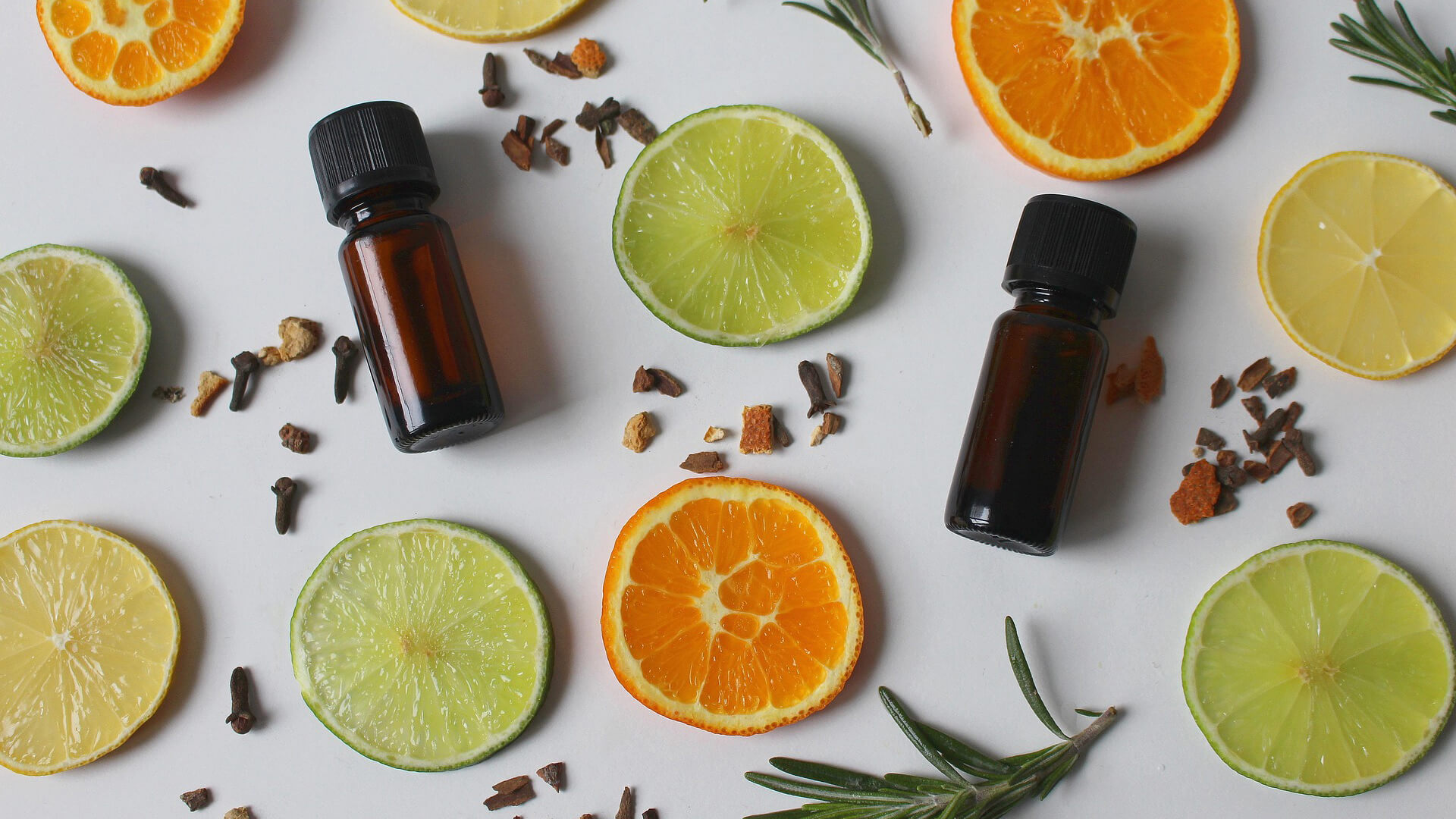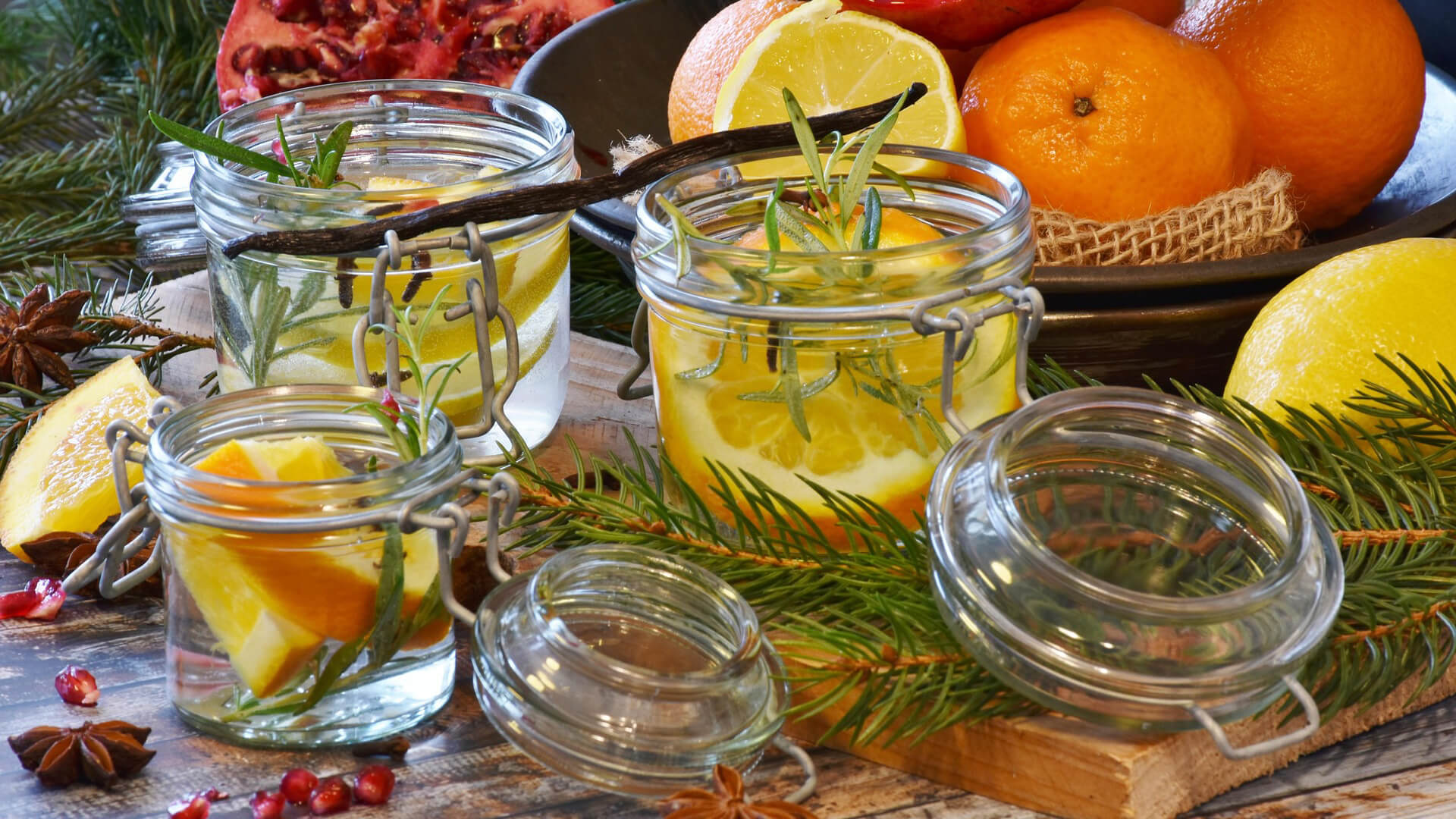Table of Contents
ToggleWoody, zesty, citrusy, earthy, sensual, mossy, sweet, spicy, leathery, and musky are some of the words we use to describe natural fragrances. These aromas emanate from natural sources and have been used for millennia to create complex aromatic formulas that humans delight in.
The growing consumer awareness of the benefits of natural ingredients and the dangers of synthetic ingredients has spurred increased demand for natural fragrances and has led to a corresponding growth in the natural fragrance market. A comprehensive report by Technavio predicts a substantial growth for the natural fragrance market of $1.59 billion from 2020 to 2025 at a compound annual growth rate (CAGR) of 8.59%.
Consumers want eco-friendly products, with 66% worldwide saying they’re willing to pay more for sustainable brands. This blog will explore the benefits of natural fragrances and the viability of their continued use in natural perfume.

Where Do Natural Fragrances Come From?
Natural fragrances are found in different plants and parts of plants, including:
- Flowers
- Seeds
- Leaves
- Roots
- Fruits
- Resins
- Needles
- Grasses
- Wood
- Bark
Beyond plant-based sources, some iconic fragrance ingredients have historically come from animals. For example, musk was once obtained from the glands of musk deer and other species, making it a highly sought-after ingredient in perfumery. However, due to ethical and sustainability concerns, musk is now predominantly produced in synthetic form.
While synthetic musk is widely used, perfumers also have plant-based alternatives, such as ambrette seed oil, which can replicate the warm, animalic qualities of traditional musk. Similarly, another historically prized ingredient, ambergris, was once obtained from the intestines of sperm whales. Renowned for its unique olfactory profile and its ability to enhance and fix other scents, ambergris remains highly valued in perfumery, though its use is now rare and often replaced with synthetic or alternative materials.

What Are the Key Components of Natural Perfume
Essential oils
Some plants have aromatic oils that have a characteristic odor. The oils are obtained through various distillation methods. Essential oils like lavender and peppermint form the basis for learning how to make perfume with essential oils.
Some plants produce aromatic oils that carry their characteristic scent. These oils are extracted through various distillation methods, such as steam distillation, and serve as the foundation for many perfumes. natural Ingredients like lavender and peppermint are ideal starting points for learning how to make perfume with essential oils.
Absolutes are like essential oils, but they are much more concentrated. Absolutes are obtained through solvent extraction, used for plant material that is too fragile for other distillation processes. Jasmine and Rose are examples of absolutes. Absolutes are the purest representation of natural fragrances.
Concretes
In perfumery, concrete refers to a waxy mass obtained from plant materials, usually flowers, through solvent extraction. The purpose of concrete extraction is the production of absolutes. Because of their oily nature concretes are often used in soap-making. Damask rose is often used to create rose concretes.
Resins and Balsams
Resins originate from the “tears” of tree bark that has been damaged. When it hardens, it’s called amber. Frankincense resin is obtained from slashing the bark of olibanum trees (genus Boswellia), and tapping the aromatic liquid.
Balms are viscous liquids obtained from flower pods or bushy twigs. Balms don’t harden.

Natural Fragrance Extraction
The aromatic scents that live in tree bark, flowers, herbs, leaves, seeds, roots, and woods are obtained through various extraction processes and used to formulate countless natural scents for elegant perfumes.
1. Steam distillation
Steam distillation is the most widely used method for extracting essential oils from flowers. In this process, steam is passed through the flower material, causing the fragrance compounds to evaporate with the water. This mixture is then then condensed with the fragrance compounds collected separately.
2. Expression
Expression is the preferred method for extracting fragrance compounds from citrus fruits, like lemon and orange. Expression entails a mechanical process that presses or punctures citrus fruit peels to release their essential oils. No heat is used, preserving the fresh, citrusy flavor.
3. Solvent extraction
The raw materials are immersed in organic solvents like hexane or ethanol to help release the essential oils from the plant materials. The resulting liquid is a blend of essential oils, solvents, and plant material, which is filtered and distilled to remove the solvent and leave behind the essential oil.
4. CO₂ Extraction
With this method, distillers use supercritical carbon dioxide (CO₂) under high pressure and low temperature to extract the oil. This method produces high-quality natural fragrance oil without the damaging effect of heat.
Steam distillation is the most popular method for fragrance extraction because it’s affordable and yields high-quality perfume oil.

What Natural Fragrance Brings To Perfume Making
- Natural fragrances are well-established in the market. They add depth and interest to scents. Composed of multiple notes, they entice the senses and never leave you flat or bored like someone speaking in a monotone.
- Natural perfume oils are traditionally associated with higher quality. Many consumers regard natural ingredients as more authentic and complex than synthetic ingredients. They feel reassured when using them because of the perception that natural products are harmless.
- When you buy a natural perfume, know that you are wearing a piece of art on your body. Working with natural perfume fragrances requires supreme craftsmanship because perfumers have a limited range of scents and notes (approximately 500) to work with. The craftsmanship to create a balanced natural perfume adds to the value of natural perfumes.
- Essential oils, which form the structure of natural fragrances, consist of hundreds of aromatic compounds, resulting in charming, fascinating and enduring scents. Essential oils bring an enduring quality to perfumes.
- Because the weather plays a big part in cultivating plants for their aromatic qualities, essential oils are not exactly the same every year, resulting in complex and unique scents that vary from vintage to vintage, adding to the complexity and liveliness of natural scents.
- Natural perfumes contain fewer harmful components, leading to only a small risk of allergic reactions.
- Essential oils contain various therapeutic properties, making them valuable for use in aromatherapy. For example, lavender in aromatherapy candles has a calming effect, reducing stress, and helping with sleep, frankincense oil helps with inflammation, mood, and sleep; and oil extracted from orange rind can reduce anxiety and pain.
Natural Fragrances Come With Limitations
The wonderful natural perfumes that are so prized by connoisseurs of exquisite aromas come with several challenges.
- One problem is achieving consistency. The quality of natural ingredients are influenced by factors like the weather and soil conditions, climate disasters, and plant diseases, making it challenging to recreate a fragrance accurately time after time.
- Longevity is an issue with these perfumes. The wonderful scent of natural notes is short-lived. The ingredients are volatile causing some natural notes to fade rather quickly. These perfumes also have a comparatively short shelf life, lasting only about two and a half years.
- Making natural perfumes takes a toll on the environment. It uses significant electricity, water, and raw materials. Cultivating fragrant plants is straining limited natural resources, with some resources, such as Indian sandalwood, rosewood, and frankincense being practically depleted.
- Natural is not always harmless. Many components of natural fragrances are harmful to humans and are prohibited in perfumes, including many allergens.
- Being a biological source, natural ingredients can’t be standardized. Crops vary year by year, making it difficult to create perfumes that retain a consistent olfactory profile.

Factors That Influence Quality And Cost of Natural Perfume
Despite the enduring appeal of natural fragrances, this sector of the fragrance ingredients market face multiple issues that influence quality and cost. The natural fragrance oils that perfumers get to work with are expensive. The following factors contribute to the high costs:
- When the crops are poor more of the plant material is needed to obtain essential oils.
- Labor costs. Labor-intensive harvesting is costly and continually increases.
- Meeting stringent regulatory standards to ensure safety involves additional measures that add time and cost to production.
- Sourcing of raw material for natural ingredients involve complex supply chains and quality control measures to ensure the quality of botanicals, also adding costs.
- The need for sustainable and ethical practices requires supporting wages on farms, implementing ethical practices, which add to costs.
- Testing new fragrances for consumer safety and preferences, allergenic responses, and environmental impact is time-consuming and costly.
- Providing stringent storage facilities and quality measures to ensure fragile ingredients remain stable also adds to expenses.
- Providing controlled environments to ensure natural ingredients retain their potency add tp overhead costs.
These factors are responsible for the higher price tag of natural ingredients. The difference can be anything from double to twenty times the price of a synthetic ingredient with a similar smell. As a result, natural fragrances face tough competition in the global perfume market.
Many brands use both natural and synthetic fragrances in their perfume collections to:
- Achieve the desired scent profile
- Enhance performance
- Balance cost
- Ensure sustainability, and consistency
- Benefit from the strengths of both
Cosmetics like lotions, creams, and body sprays are often perfumed with a blend of natural and artificial fragrances to make them affordable and appealing to customers.
Conclusion
Natural fragrances hold an enduring fascination, perfuming humans and their environment for millennia. Natural perfume fragrances are supremely unique, requiring artistry and perfection to create, elevating them an investment, rather than a scent purchase.
However, these wondrous products have some drawbacks. Being biological, they can be difficult to standardize and the volatility of natural compounds affects the longevity of natural perfumes. In addition, sourcing natural materials threatens the environment and many plants are prized for their aromatic qualities.
The combination of natural and synthetic fragrances allows for more versatile, sustainable, and imaginative perfumery. Both types are vital in creating well-rounded, high-quality products.
Source of Beauty perfumers often combine luxurious natural extracts with synthetic molecules to create fragrance products that allure with unique notes and are consistent, sustainable, and long-lasting, all qualities prized by consumers.
If you are a perfume distributor, wholesaler, or retailer who wants to expend your market share. We invite you to explore our perfume collection which combines the best qualities of natural and synthetic fragrance ingredients. Alternatively, our team is standing ready to help you craft your own customized perfume line. Contact our team today to create your natural perfumes.

